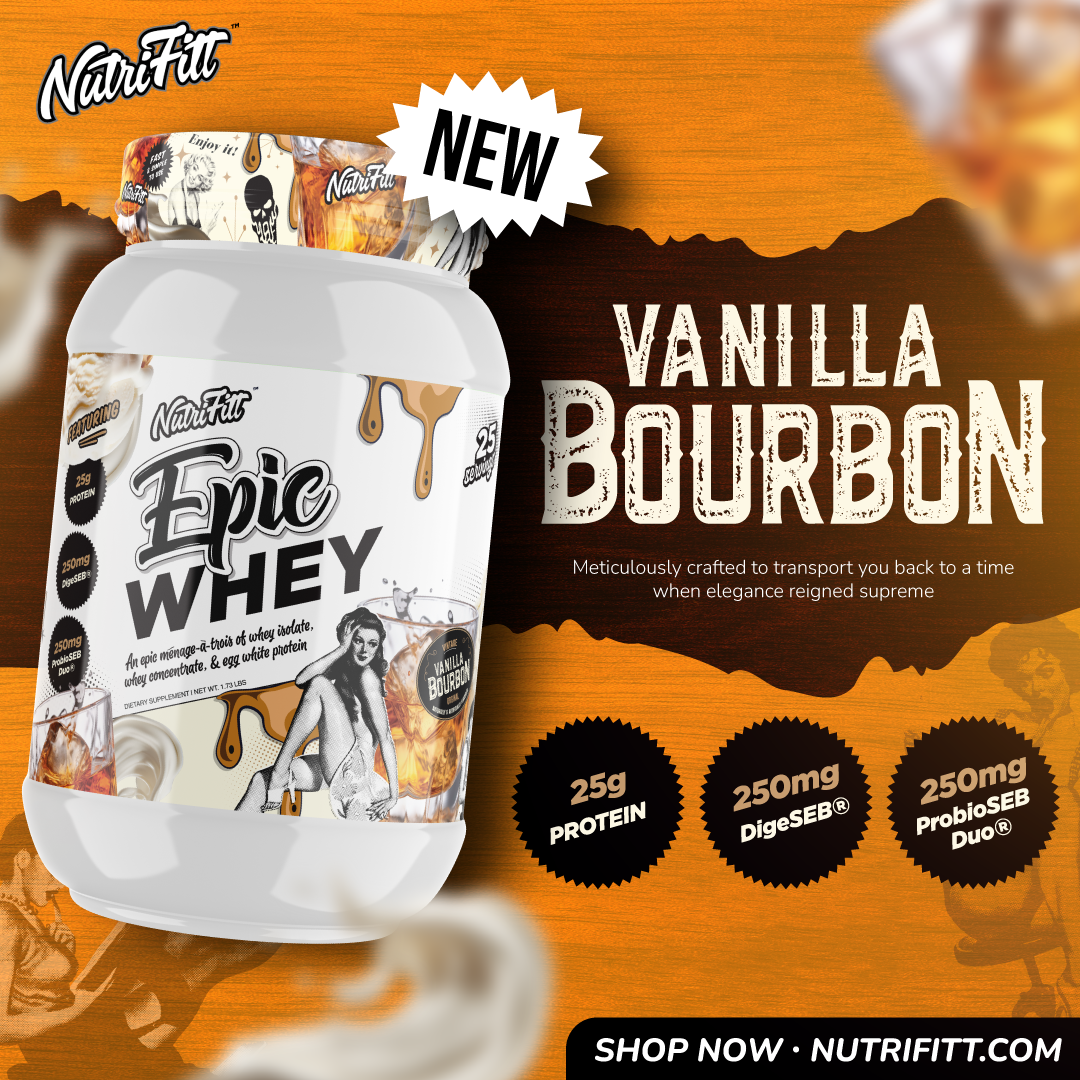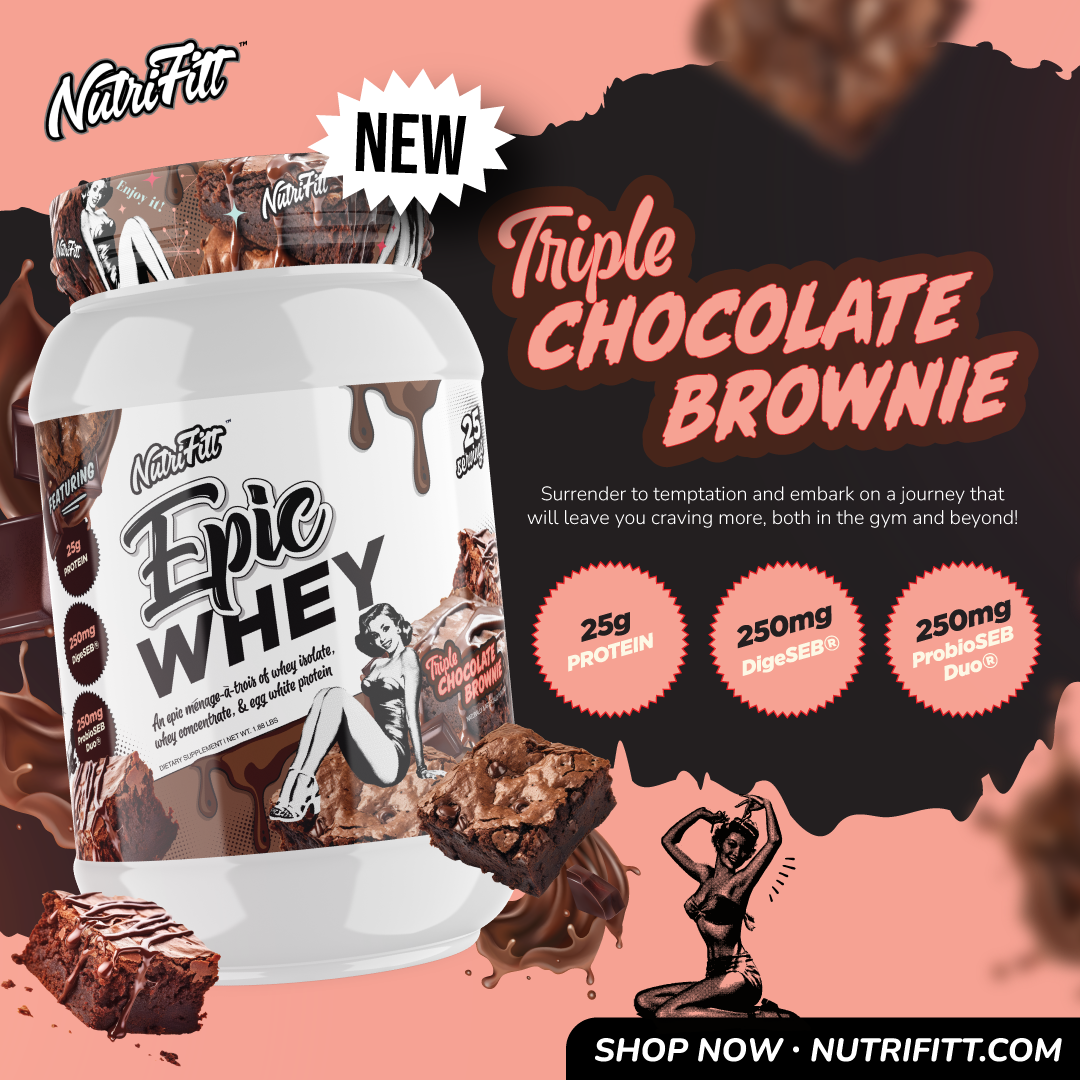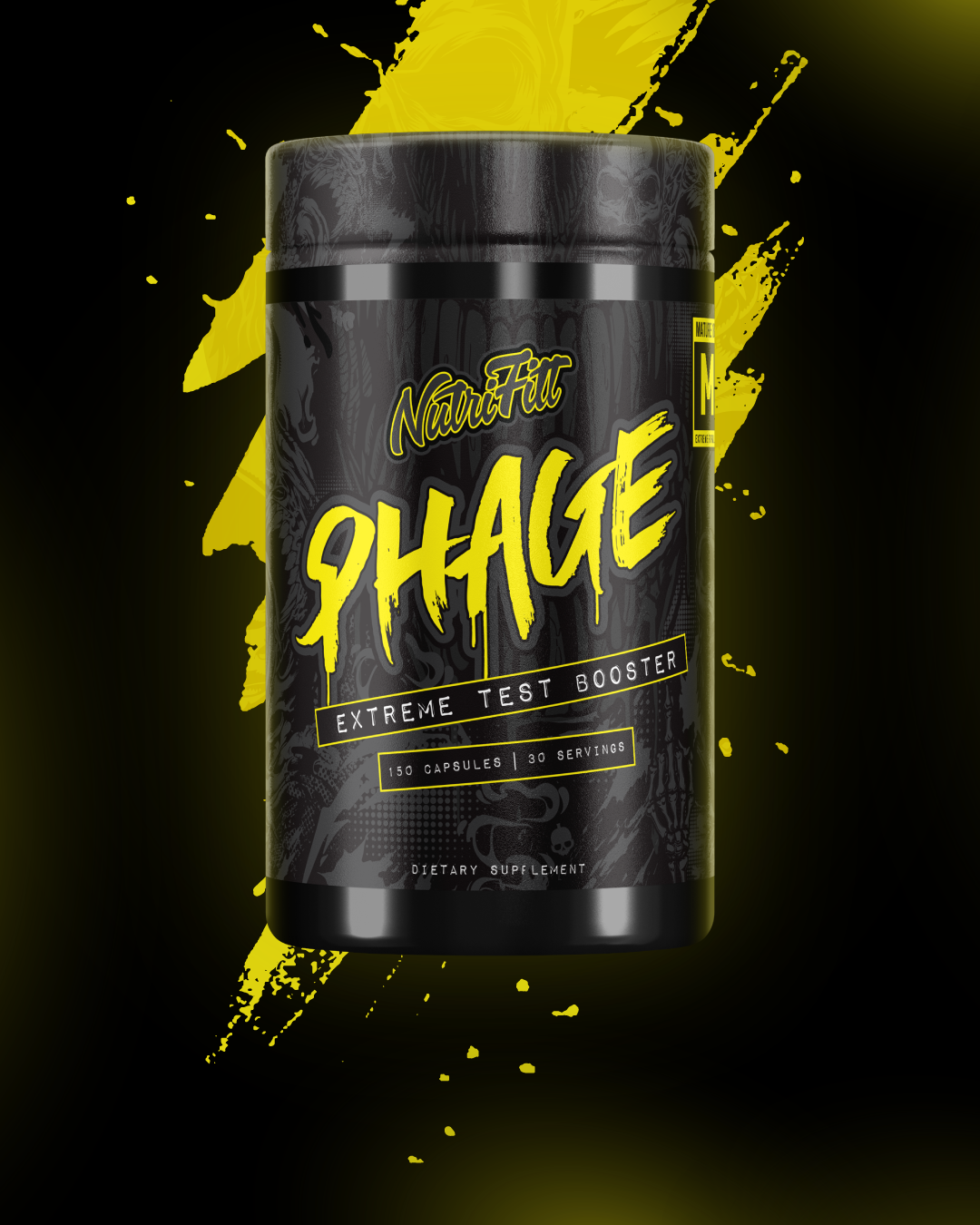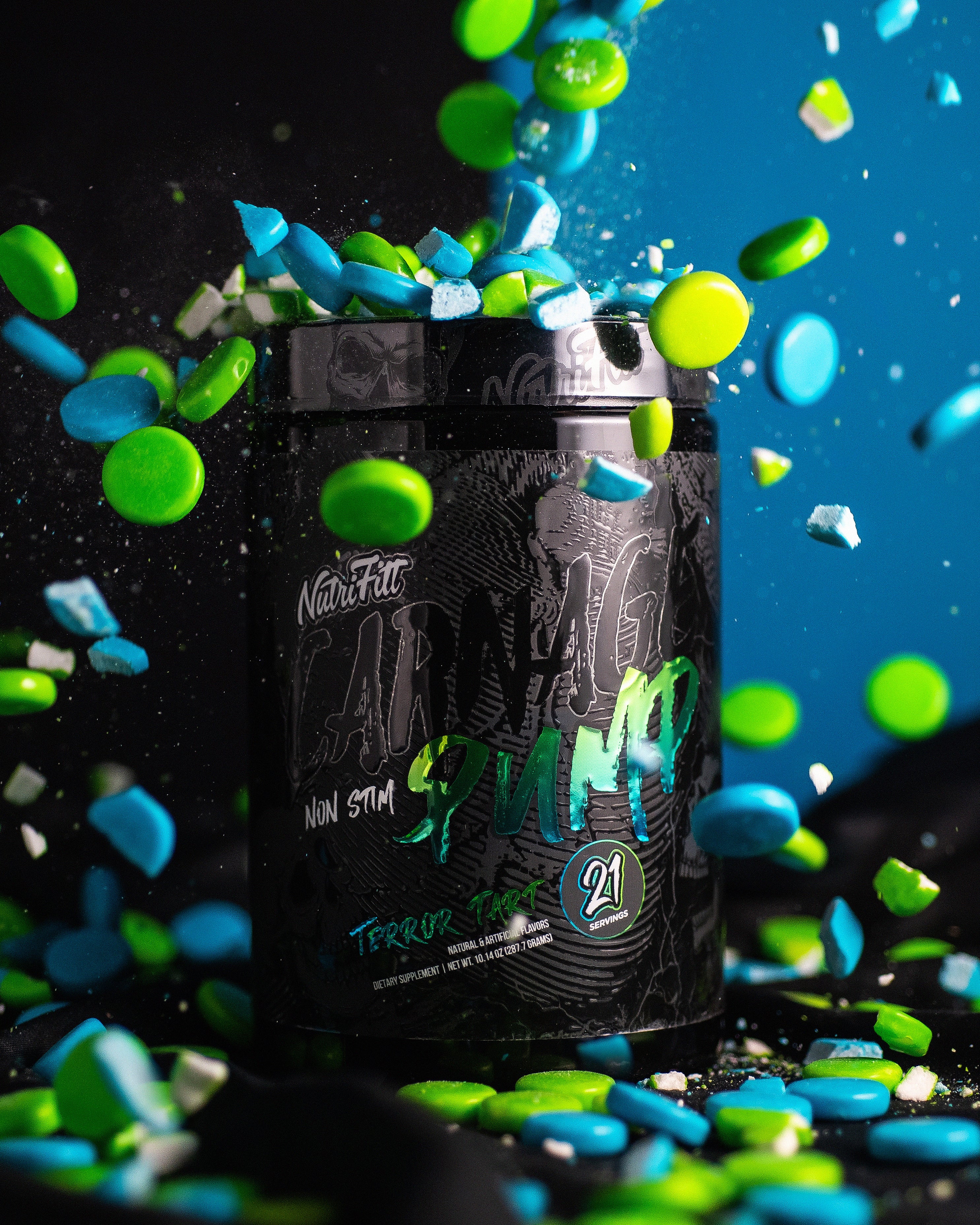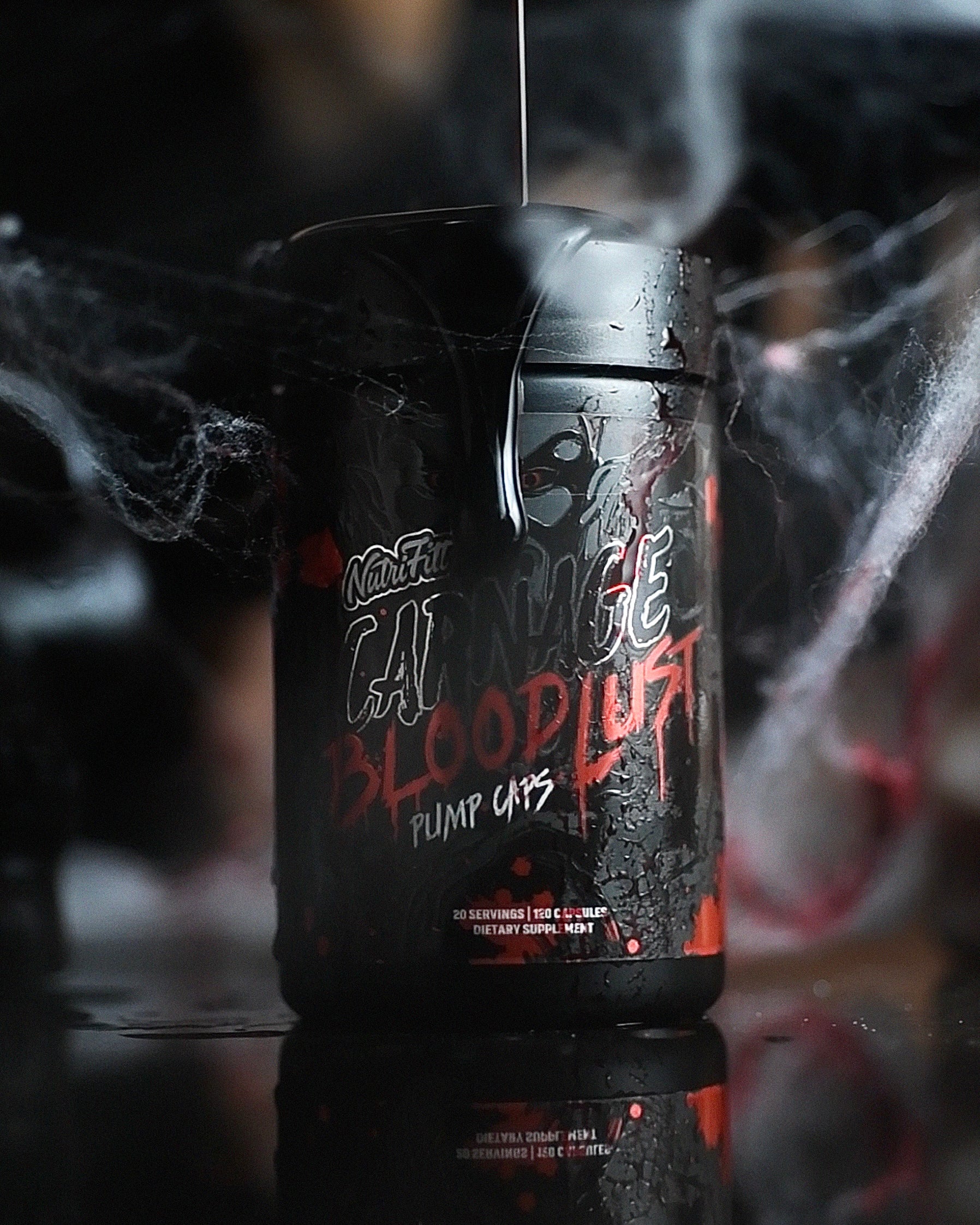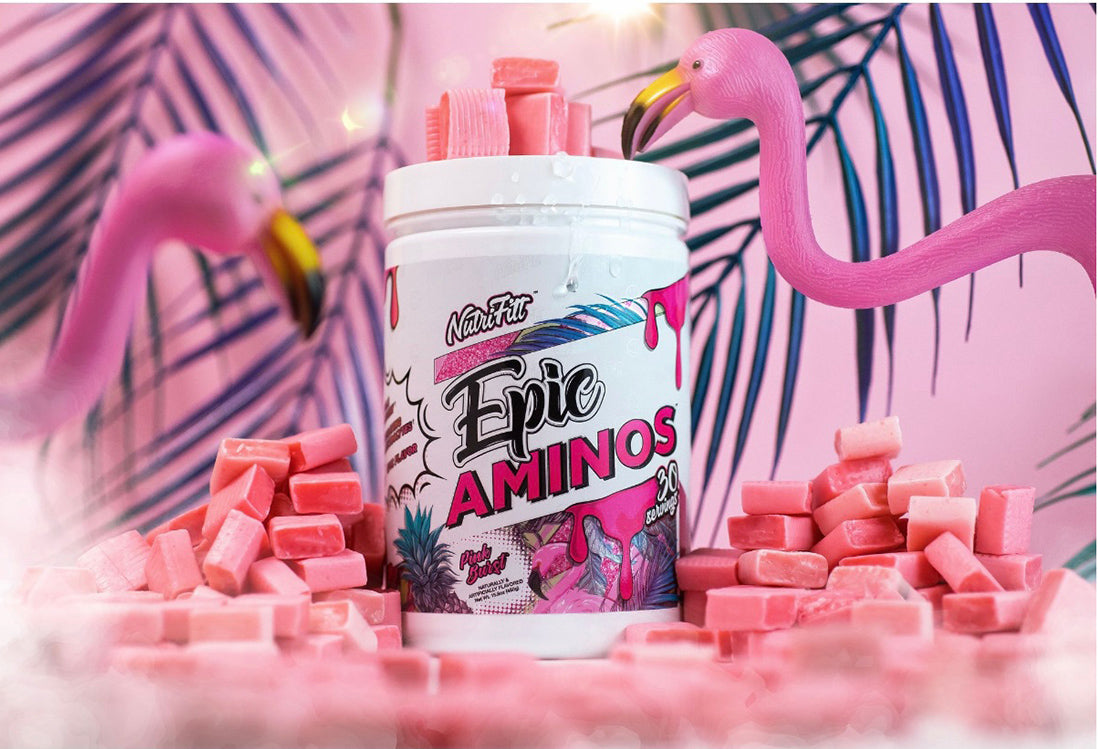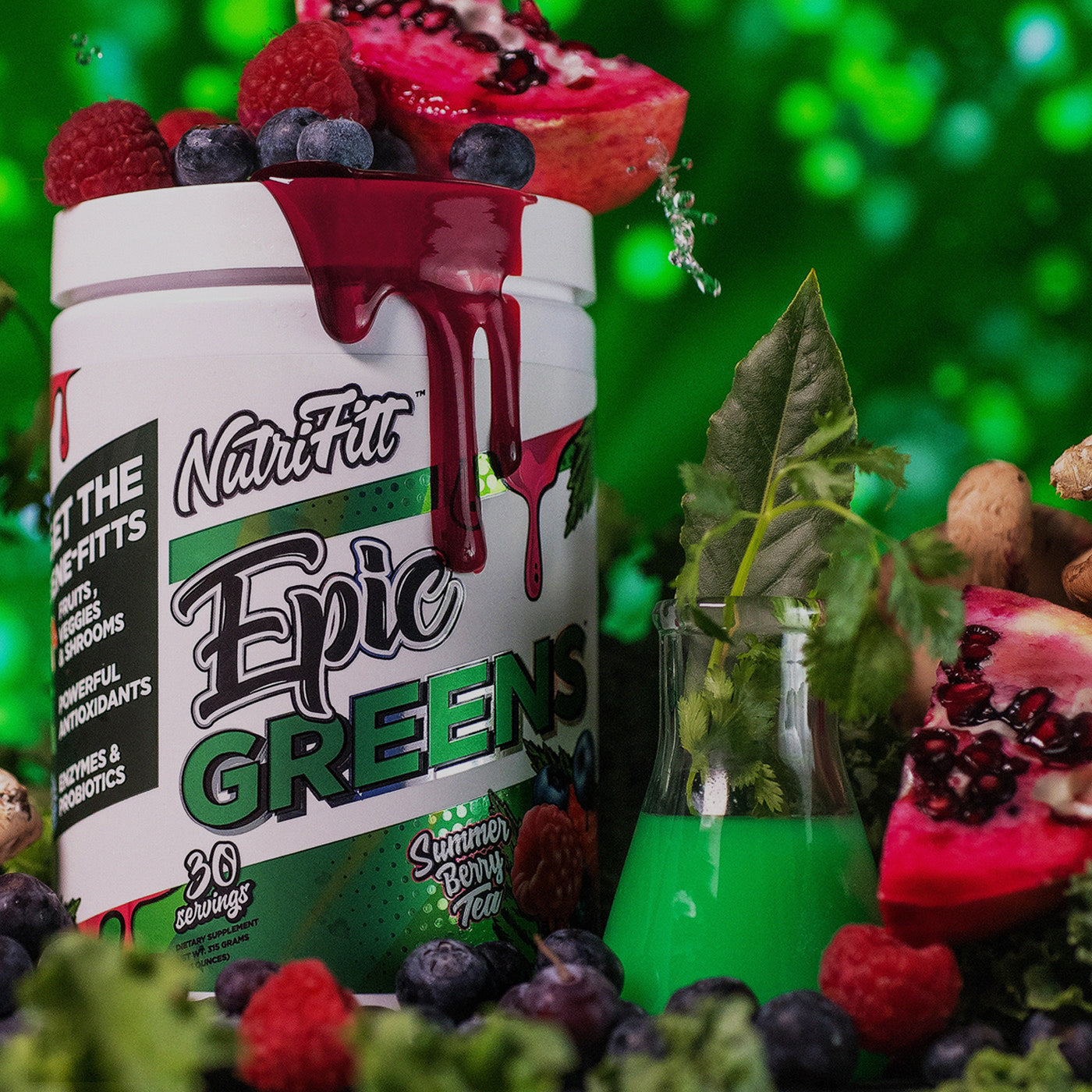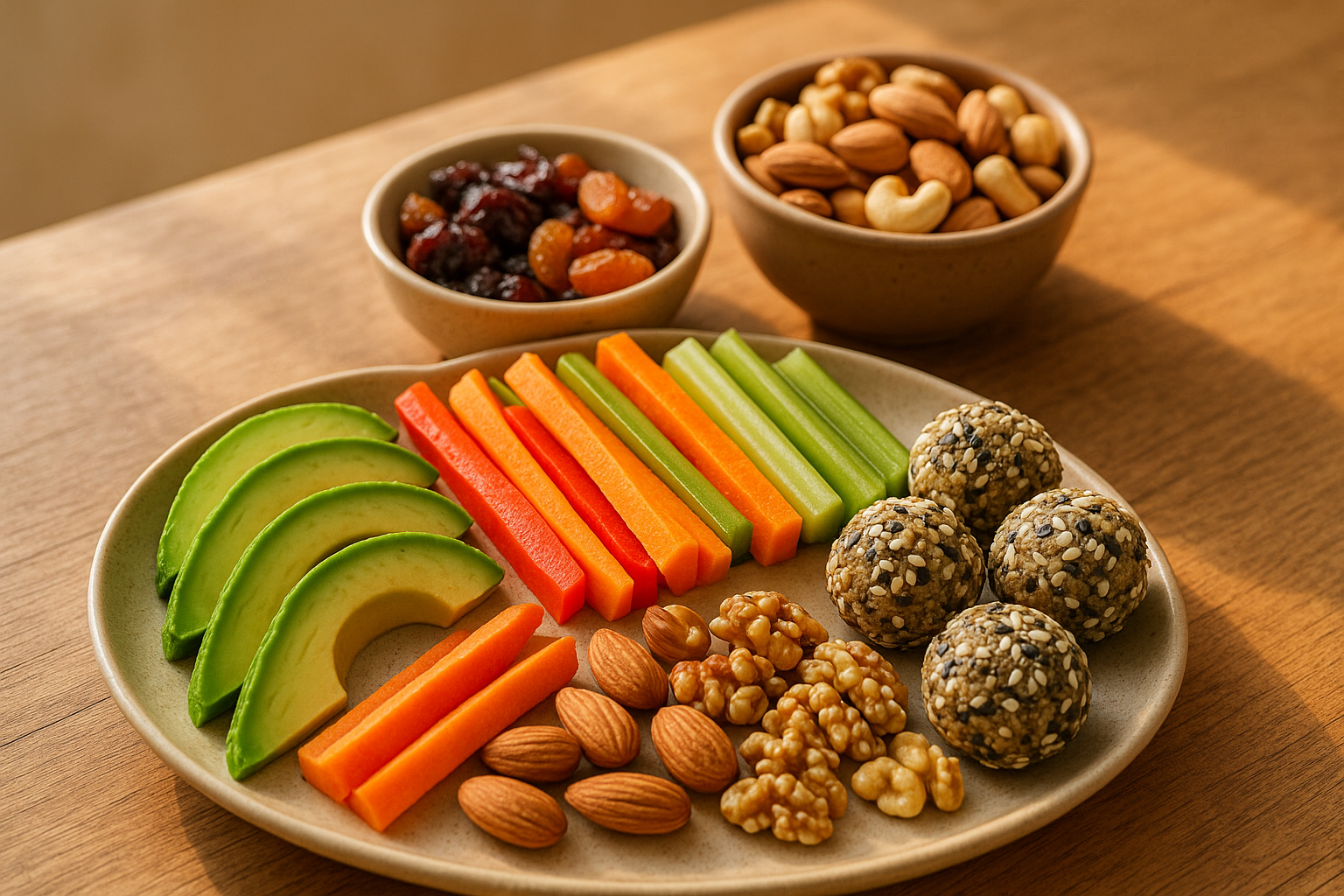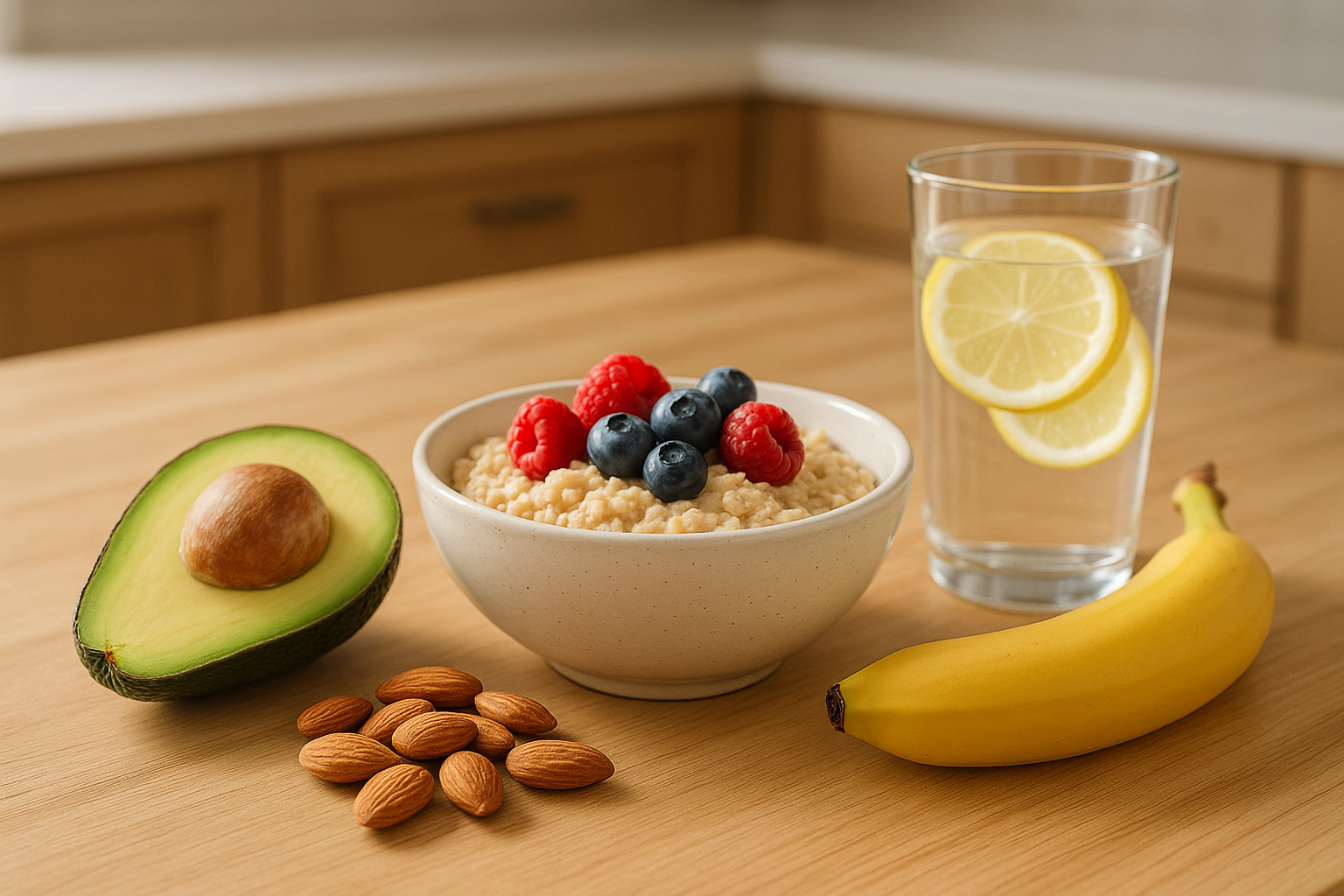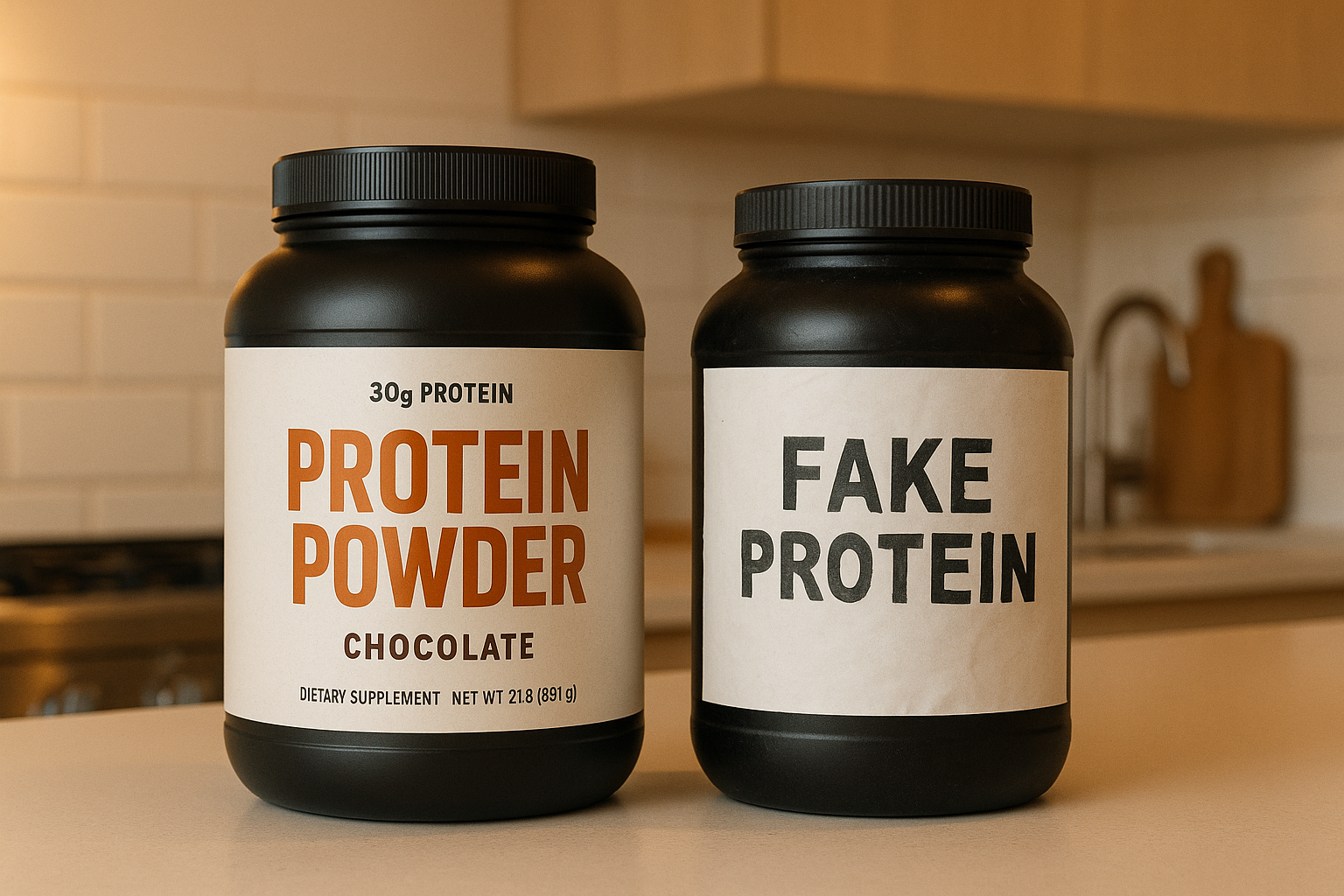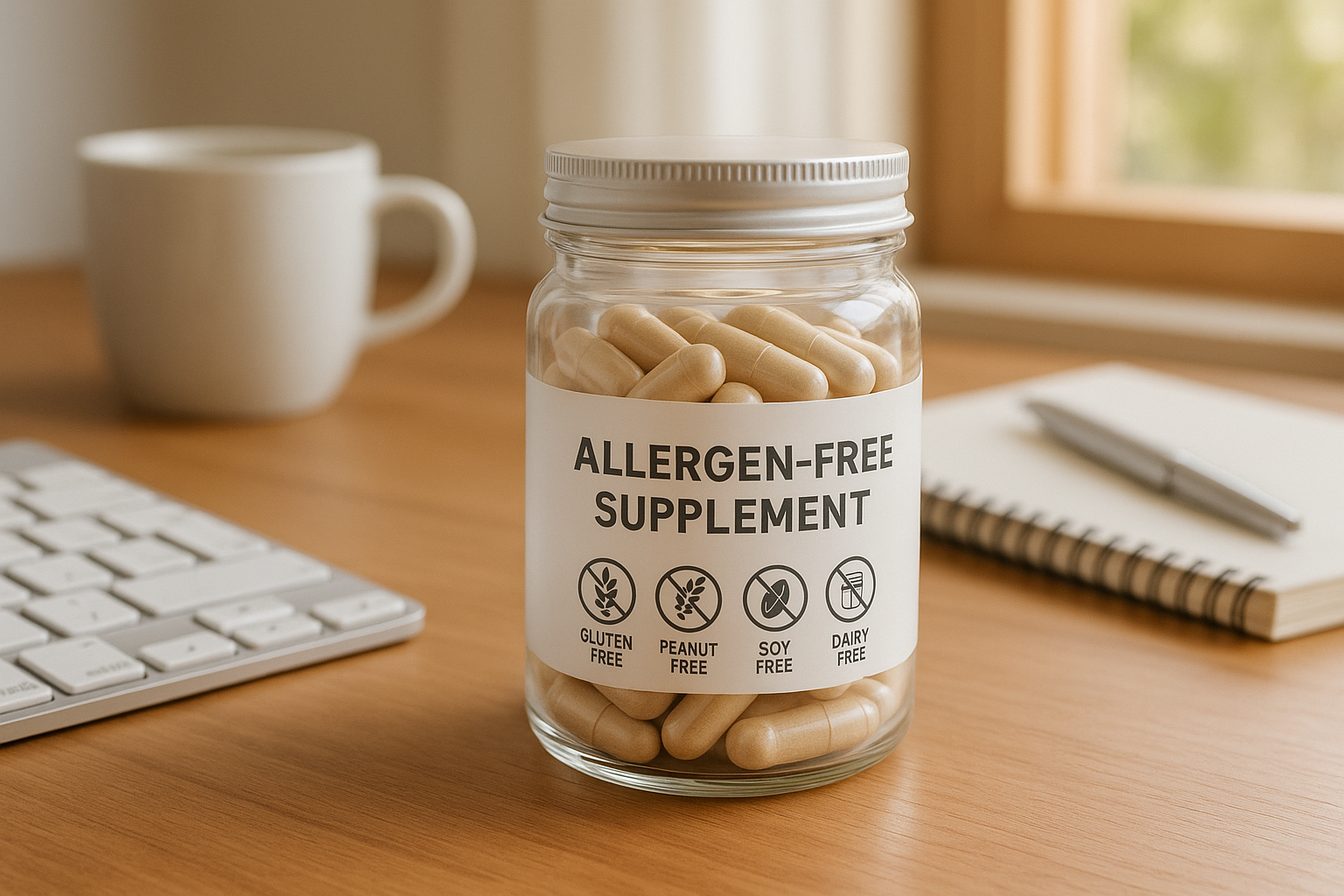
How UCP1 Polymorphisms Affect Fat Burning
Do UCP1 Gene Variants Affect Weight Loss?
UCP1 gene variations can directly impact how your body burns fat. These genetic differences influence how efficiently brown adipose tissue (BAT) converts stored fat into heat, affecting metabolism, weight loss, and exercise results. Here's a quick breakdown:
- Key Insight: The -3826A/G polymorphism in the UCP1 gene can reduce fat-burning efficiency. G allele carriers may face slower weight loss and lower metabolic rates compared to AA carriers.
- Environmental Influence: Cold exposure and exercise can help offset these genetic challenges. AA carriers see better energy expenditure boosts in cold conditions, while G allele carriers may benefit more from high-intensity interval training (HIIT).
-
Practical Tips:
- G allele carriers: Focus on HIIT, high protein diets, and spicy foods.
- A allele carriers: Opt for endurance workouts and balanced macronutrient diets.
- Supplements: Caffeine, green tea extract, and capsaicin can help G allele carriers, while L-carnitine and CLA may benefit A allele carriers.
Understanding your UCP1 genotype can help tailor diet and exercise plans for better fat-burning results. Keep reading for detailed strategies based on your genetics.
Common UCP1 Gene Variations
Main UCP1 Gene Types
The -3826 A/G variant often takes center stage in research, but other UCP1 polymorphisms also play a role in thermogenesis. One notable variant, Ala64Thr, involves a switch from alanine to threonine at position 64, which can influence the protein's structure and metabolic functions. Another variant, -1766 A/G, located in the gene's regulatory region, may affect UCP1 activity.
| Variation | Location | Impact on Function |
|---|---|---|
| Ala64Thr | Exon 2 | Changes protein structure |
| -1766 A/G | Promoter | Could lower activity |
Effects Across Different Groups
The distribution of UCP1 variations varies across populations, leading to distinct metabolic traits. For instance, in Japanese and Korean populations, the G allele appears with a frequency of around 0.47.
"In a Brazilian population study, individuals with the Thr/Thr genotype of the Ala64Thr polymorphism showed a BMI 1.2 kg/m² higher than those with the Ala/Ala genotype."
In Northern Europe, studies have uncovered unique patterns. Finnish research links UCP1 variations to differences in metabolic rates, while French Canadian findings associate these variants with patterns of weight gain.
For fitness experts, these genetic differences highlight why clients from different ethnic backgrounds may respond differently to training methods like HIIT. These variations underscore the importance of tailoring nutrition and exercise plans based on genetic profiles, a topic explored further in this article.
How UCP1 Changes Affect Fat Burning
How Fat Burning Is Altered
UCP1 polymorphisms play a direct role in how cells manage energy, influencing fat-burning efficiency in different ways:
- The G allele lowers UCP1 expression, reducing the body's ability to burn fat. This happens because lower UCP1 function limits proton leakage across mitochondrial membranes, which is essential for converting stored fat into heat.
- People with the AA genotype tend to have a 5-7% higher basal metabolic rate compared to those with the GG genotype.
The Role of External Factors
Environmental influences can significantly impact how UCP1 affects metabolism:
- Cold exposure: Individuals with the AA genotype experience a 10-15% greater boost in energy expenditure during cold conditions compared to G allele carriers. This ties back to BAT's (brown adipose tissue) role in generating heat, as explained earlier.
- Exercise responses: G allele carriers show a 20% smaller improvement in fat oxidation after a 6-week training program compared to those with the AA genotype.
Diet also interacts with these genetic differences. For example, GG genotype carriers have 30% less detectable BAT when assessed using PET-CT imaging. This anatomical difference highlights why tailoring training and nutrition to an individual's genotype can lead to better results.
The interplay between genes and environmental factors creates noticeable variations in metabolism. While UCP1 variants may make fat burning more challenging for some, identifying these patterns allows for more effective weight management strategies.
Practical Uses for Fitness
Diet and Exercise Plans
The metabolic differences tied to UCP1 variants can guide more tailored strategies for better results:
For G Allele Carriers (lower UCP1 activity):
High-Intensity Training
- Perform 4-6 all-out 30-second sprints with 90-second rest intervals.
- Focus on heavy compound lifts like squats and deadlifts (5 sets of 5 reps).
Diet Adjustments
- Boost protein intake to 1.6-2.2g per kilogram of body weight.
- Eat smaller, more frequent meals throughout the day.
- Add spicy, capsaicin-rich foods such as chili peppers to meals.
For A Allele Carriers (enhanced UCP1 activity):
Endurance-Based Training
- Engage in longer workouts lasting 60 minutes or more.
- Opt for steady-state cardio sessions.
- Include circuit training with short rest intervals to keep the intensity up.
Nutrition Strategy
- Balance macronutrients with a moderate intake of carbohydrates.
- Focus on managing overall calorie intake instead of strict nutrient ratios.
- Incorporate omega-3-rich foods like fatty fish and flaxseeds into your diet.
Supplement Options
Supplements can enhance these genotype-specific approaches for better outcomes:
| Genotype | Key Supplements | Dose | Timing |
|---|---|---|---|
| G Allele | Caffeine | 3-6mg/kg | Pre-workout |
| Green Tea Extract | 400-500mg | Morning/Pre-workout | |
| Capsaicin | 30-150mg | With meals | |
| A Allele | L-carnitine | 2-4g | Divided doses |
| CLA | 3-6g | With meals |
NutriFitt's SYMBIOTE Extreme Thermogenic offers concentrated doses of these supplements, designed to align with the genotype-specific needs discussed. These strategies work hand-in-hand with the gene-environment interactions previously covered, boosting overall effectiveness.
sbb-itb-7567710
Related video from YouTube
Other Fat Burning Methods
While UCP1 polymorphisms play a major role in thermogenesis, there are other ways the body burns fat that can compensate.
Beige Fat Functions
Beige fat is a fascinating type of fat that combines traits of white fat (energy storage) and brown fat (energy burning). Through a process called browning, white fat can convert into beige fat, enabling it to burn energy instead of just storing it.
When activated, beige fat can increase total energy use by 15-20%. This can happen through cold exposure or exercise, as previously mentioned. Another heat-producing process, calcium cycling, works without UCP1. It involves calcium ions moving in and out of the muscle cell's endoplasmic reticulum, creating heat. Research shows calcium cycling can account for up to 25% of overall energy use in UCP1-deficient mice.
| Mechanism | Energy Expenditure Impact | Activation Method |
|---|---|---|
| Beige Fat Activation | 15-20% increase | Cold exposure, Exercise |
| Calcium Cycling | Up to 25% of total | Muscle contraction |
These pathways help explain why some people with UCP1 polymorphisms can still burn fat effectively with targeted approaches.
New Medical Options
New therapies are emerging to complement UCP1-related strategies by focusing on other metabolic processes. For instance, FGF21 can increase energy use by 15-20% without relying on UCP1, leading to 20% weight loss in obese mice. These treatments are particularly helpful for those whose UCP1 variants limit traditional thermogenic responses.
Some promising advancements include:
- AMPK activators: Boost fatty acid oxidation.
- Thyroid hormone receptor β agonists: Achieved 10% weight loss in clinical trials.
- Mitochondrial uncouplers: Increased metabolic rate by 10-15%.
These therapies mark progress in metabolic medicine, offering new options for individuals who don't respond well to UCP1-dependent methods.
Conclusion: Using UCP1 Knowledge
Main Points
Research shows that obese individuals have about 50% lower UCP1 expression in their fat tissue compared to lean individuals. The -3826A/G polymorphism plays a role in thermogenesis, with G allele carriers showing greater resistance to diet-induced weight loss. Additionally, ambient temperature influences how UCP1 affects fat storage patterns. These findings highlight the importance of tailoring approaches, as outlined in Practical Uses for Fitness.
Action Steps
-
Incorporate cold exposure during warmer months
Use cold exposure techniques to sustain thermogenic activity when natural BAT activation tends to drop. -
Focus on HIIT for G allele carriers
High-intensity interval training, combined with targeted supplements (as discussed in Supplement Options), can help optimize metabolic pathways.
FAQs
Is obesity associated with lower amounts of UCP1?
Research indicates a gene-driven link between obesity and UCP1 expression. Findings in brown adipose tissue (BAT) highlight the following patterns:
- Lower BAT UCP1 expression is tied to obesity and often signals higher fasting glucose and insulin levels.
- Intraperitoneal fat shows a 50% reduction in UCP1 expression in individuals with obesity.
These tissue-specific changes align with genetic variations discussed in Common UCP1 Gene Variations, where polymorphism effects vary across populations. To support UCP1 activity, cold exposure and exercise are effective strategies, especially when implemented before age-related BAT decline. These insights also reinforce the genotype-specific approaches covered in Practical Uses for Fitness, particularly regarding the timing of cold exposure and exercise.
What is the UCP1 gene and why does it matter for fat loss?
The UCP1 gene encodes a protein found in brown adipose tissue (BAT) that helps regulate thermogenesis—how your body burns fat for heat. Variations in this gene can affect how efficiently your body burns fat, making it an important factor in weight management and metabolic health.
How do UCP1 variants influence metabolism?
UCP1 variants can alter how effectively your brown fat generates heat, directly impacting your resting energy expenditure. Individuals with less active UCP1 may burn fewer calories at rest, influencing overall metabolic rate and fat-loss potential.
Can UCP1 polymorphisms make fat loss more difficult?
Yes, certain UCP1 polymorphisms are associated with reduced thermogenic activity, which can lead to lower fat oxidation and increased fat storage. This means people with specific gene variants might have a harder time losing fat through diet and exercise alone.

